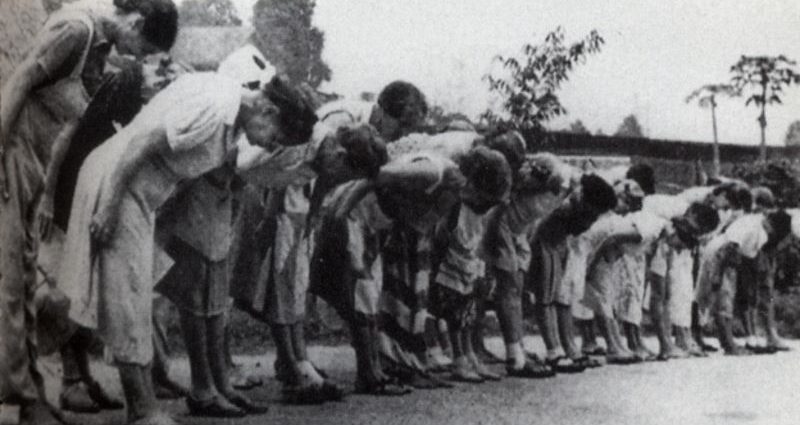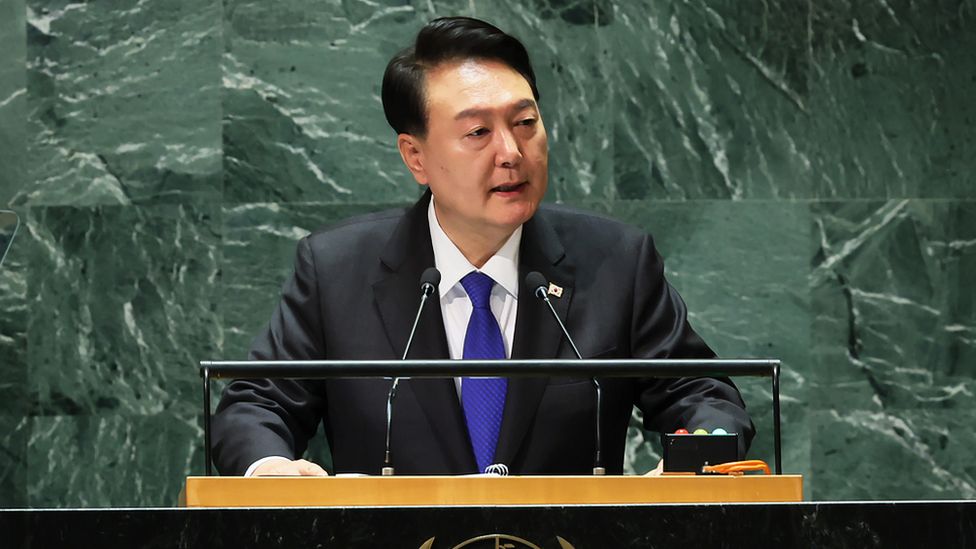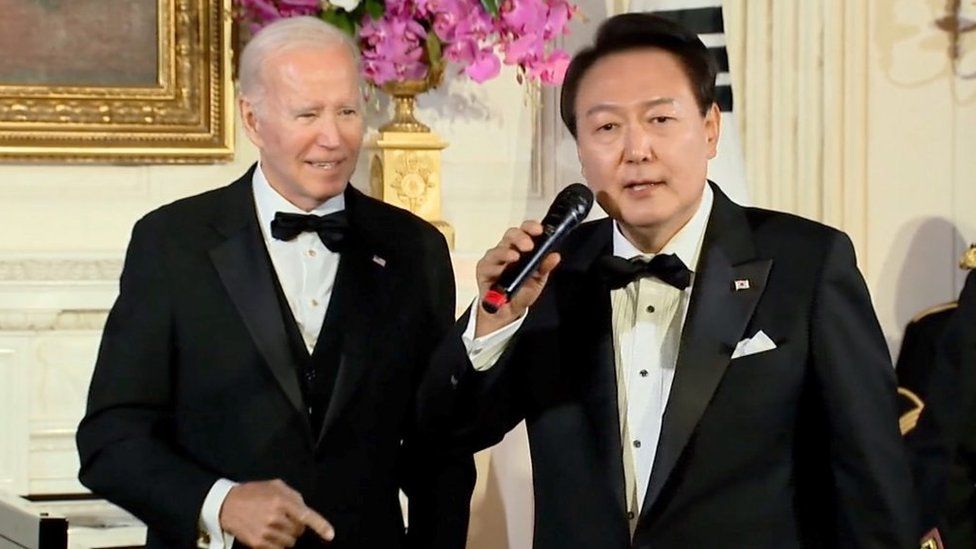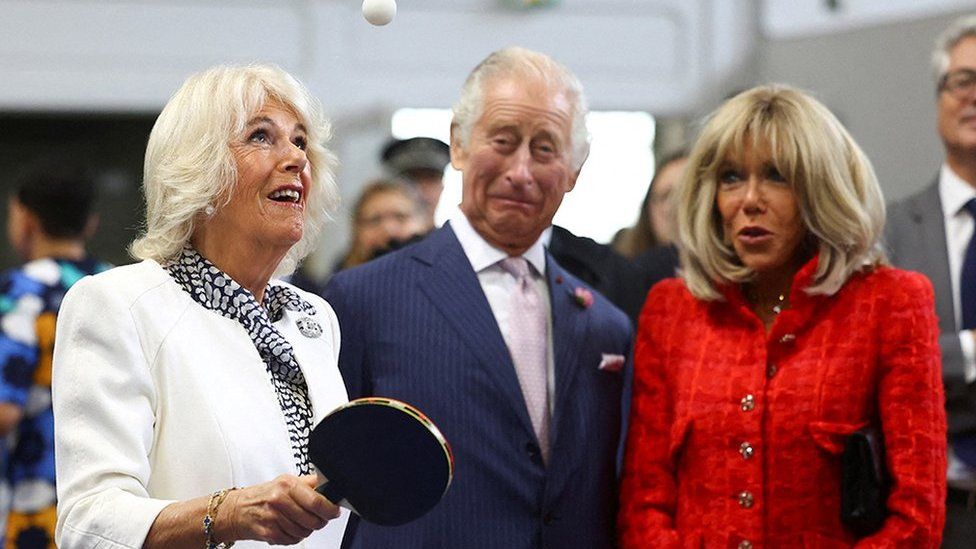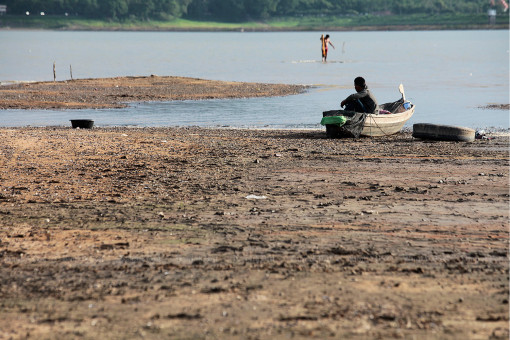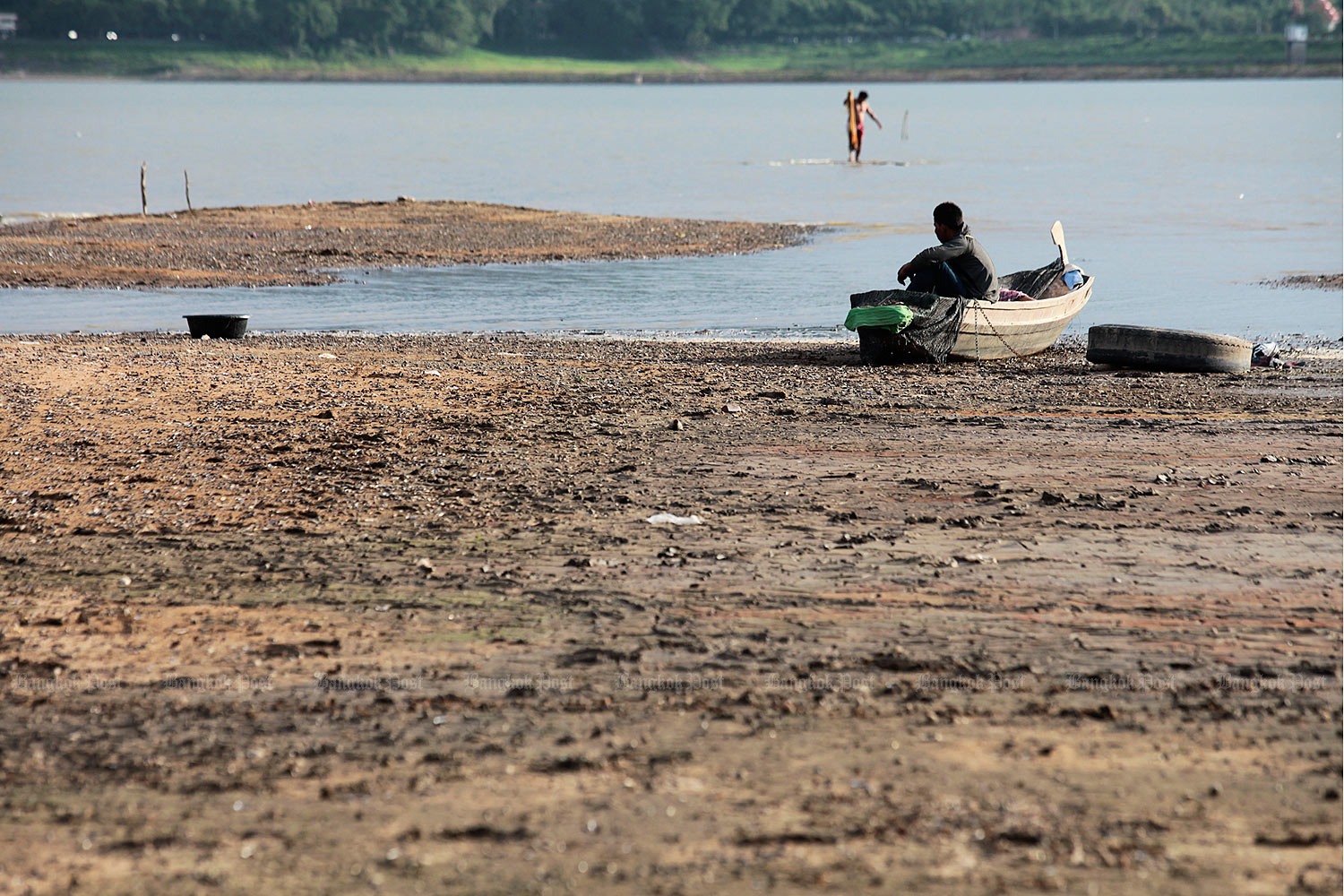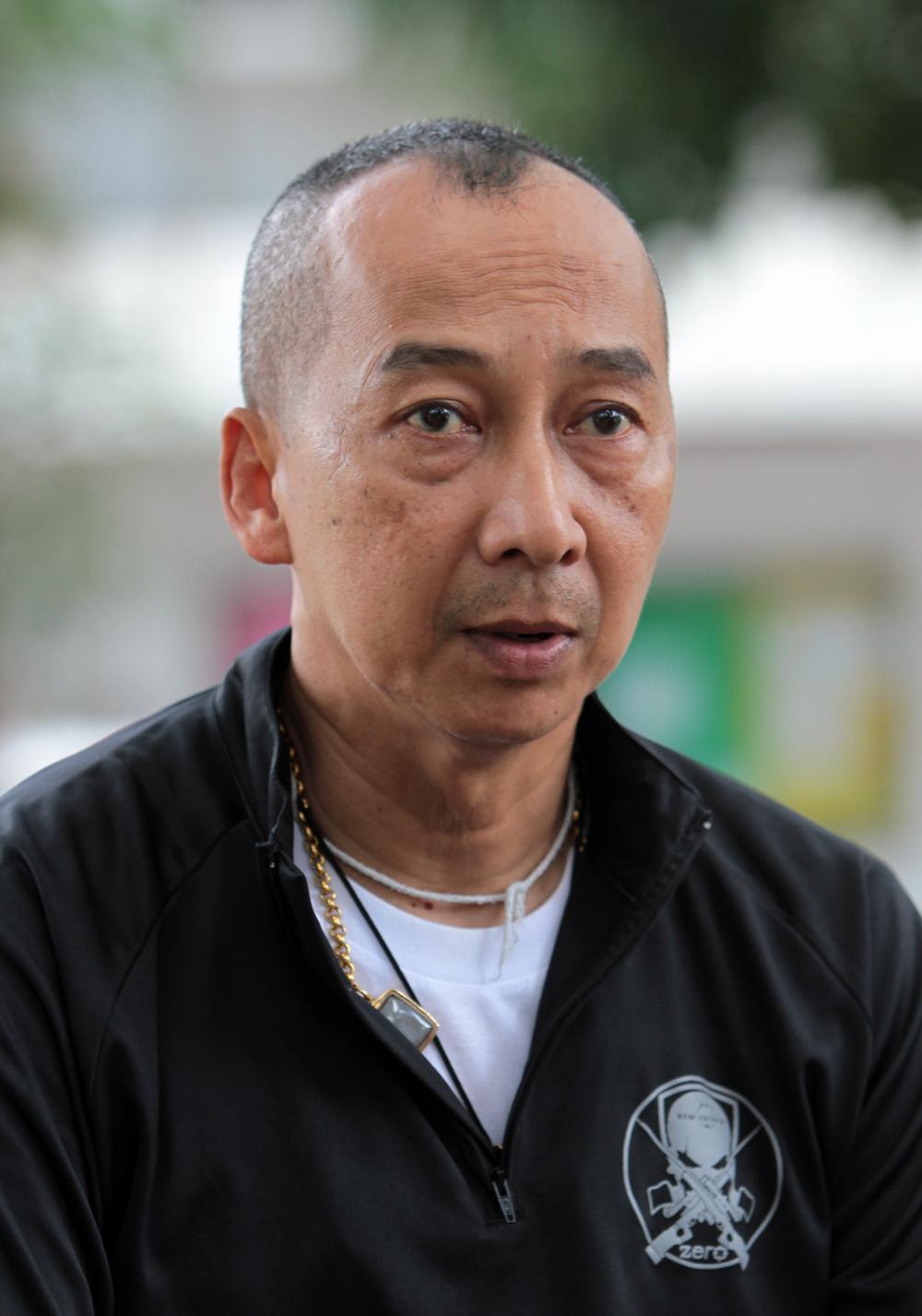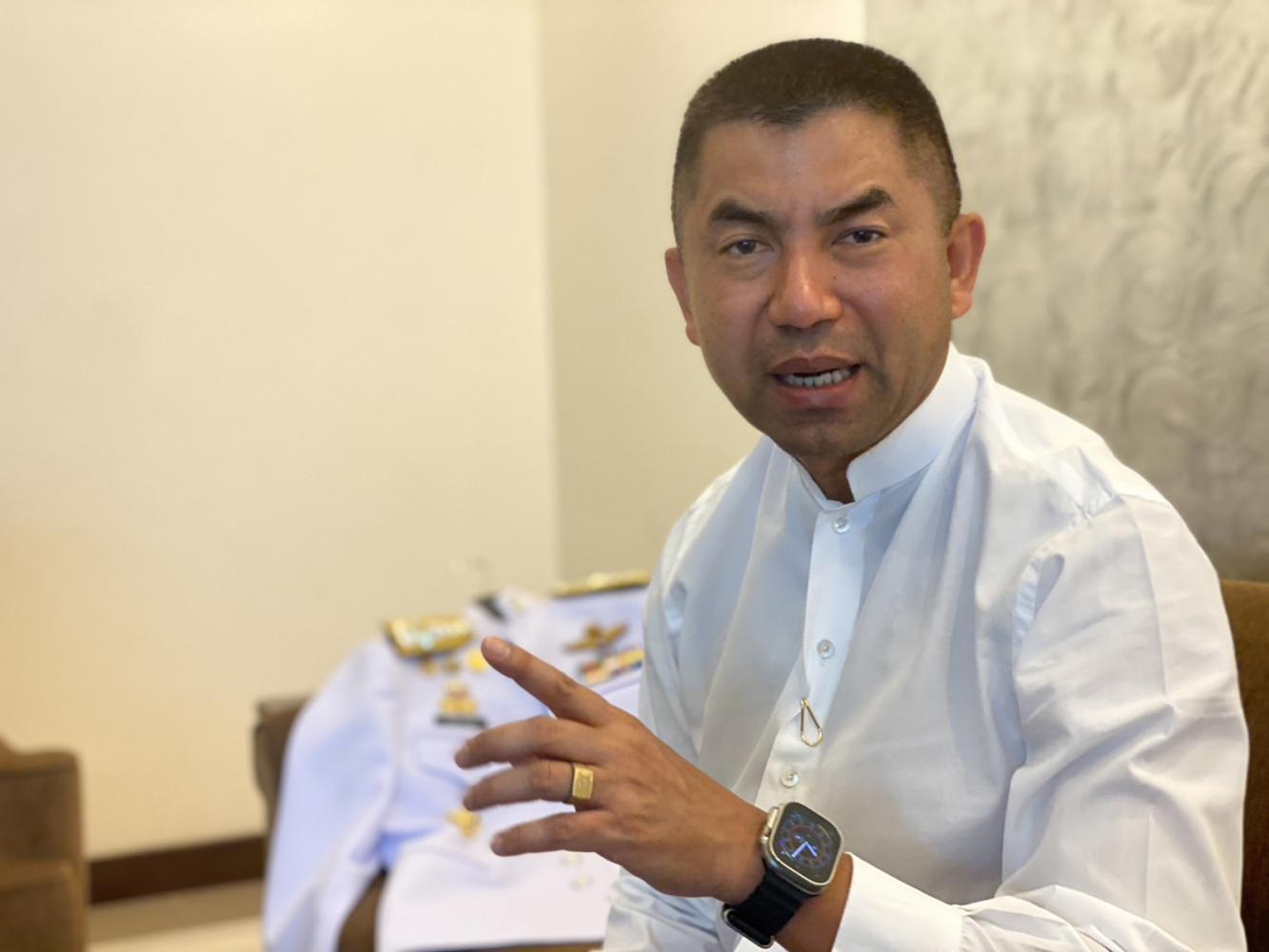World War Two: The Australian commando raid in Singapore
 Australian War Memorial
Australian War MemorialOperation Jaywick was an audacious plan that resulted in one of the most successful Allied sabotage operations of World War Two.
It could be the plot of an action movie: send 14 Australian and British commandos and crew members thousands of kilometres from Australia to Japanese-occupied Singapore, via a motorised fishing boat renamed the Krait.
Dress the crew members in sarongs and have them apply brown dye in order to pass off as Malay fishermen. Park the boat off Singapore, then paddle into Keppel Harbour in collapsible canoes under cover of darkness.
Finally, place limpet mines on time-delayed charges on Japanese ships before slipping away.
The mines were placed on the night of 26 September, 1943. The following day, seven ships, or some 30,000 tonnes of Japanese shipping, were sunk or severely damaged.
All 14 men even returned safely to Exmouth, Western Australia to tell the tale of their 48-day voyage – but not before a close encounter with a Japanese warship that sailed alongside them in Indonesian waters for 20 minutes or so. It almost led the crew to blow up the boat, which was packed with high explosives on its bows.
“My father told a journalist: we would have taken the Japanese vessel and us out,” recalled Brian Young, 80, the son of radio operator and Krait crew member Horrie Young. “That vessel just turned around and went away, for no reason. They all thanked their lucky stars, I suppose.”
Some 80 years later, the mission continues to capture the popular imagination. It is the subject of numerous books, documentaries, and TV and movie adaptations, while the Krait has been on display at the Australian National Maritime Museum in Sydney since 1988.
“The planning, execution, and sheer audacity of a raid almost 2,000 miles behind enemy lines was simply unparalleled,” said naval specialist Stirling Smith of the Australian National Maritime Museum.

The mission was carried out under a task force called Z Special Unit, a joint Allied unit that conducted reconnaissance and sabotage behind enemy lines. It was led by then Captain Ivan Lyon, who recruited and trained the men involved.
Ian Li of the military studies programme at the S Rajaratnam School of International Studies in Singapore reckons that Jaywick was a prime example of asymmetric warfare, decades before the term was coined. Alluding to reports of small-unit raids conducted by Ukrainian special forces against various Russian targets, Mr Li said: “Similar to Jaywick, these raids have a symbolic value on top of their operational one and help to keep the adversary on their toes by reminding them that there is nowhere ‘safe’.”
Mr Li conceded that the raid did not have a “decisive impact” – most of the damaged ships were repaired and put back into service by the Japanese in a matter of weeks.
However the psychological effect was far greater, given that the harbour was considered a secure stronghold well out of reach of the Allies. “This coupled with the fact that they never discovered how the raid was undertaken, meant that for the remainder of the war valuable time and manpower was diverted to securing and guarding [it] rather than fighting elsewhere,” Mr Smith said.
But the raid also resulted in unintended consequences for the civilian population of Singapore, after the Allies reversed their decision to publicise the operation as they hoped to conduct similar raids in the future. Convinced that prisoners interned in Changi Prison were responsible, Japanese military police raided the cells and interrogated 57 prisoners on 10 October.
Fifteen of them were tortured to death in what became known as the Double Tenth Incident.
Mr Young, who was born while his father was away for the mission, told the BBC that his father rarely spoke of his wartime experiences. “The only thing that my father ever used to say was, he was just so sorry that the local people got the blame for it.”
In 1944, a 23-man force led by Lyon, by then a lieutenant-colonel, attempted to bomb the harbour again, only to be discovered by the Japanese. All of them died in battle or were later executed.

It is a story that continues to haunt the descendants of the Krait crew members, all now dead.
“My father and his mates were all the same: they did not like to see anything embellished,” said Mr Young, who recalled fellow crew member Arthur “Joe” Jones often visiting his father for a chat. They would reminisce about wartime memories such as dyeing their bodies for the mission.
“They said any self-respecting Japanese would only have to get within 100 metres to tell we’re not bloody local people.”
Evan Morris, son of medic Ron Morris, told the BBC: “It wasn’t really until after he died that I started trying to find out more [about Jaywick]. It is a story of absolute heroism.” His research has culminated in a book called The Tiger’s Revenge, which he says he has written for his family and grandchildren.
Like Brian Young, Ron Morris did not say much about the war, but his son does remember one thing he said: “There’s no such thing as a hero. If you’re not scared, you’re an idiot.”
Related Topics
-
-
18 April 2019
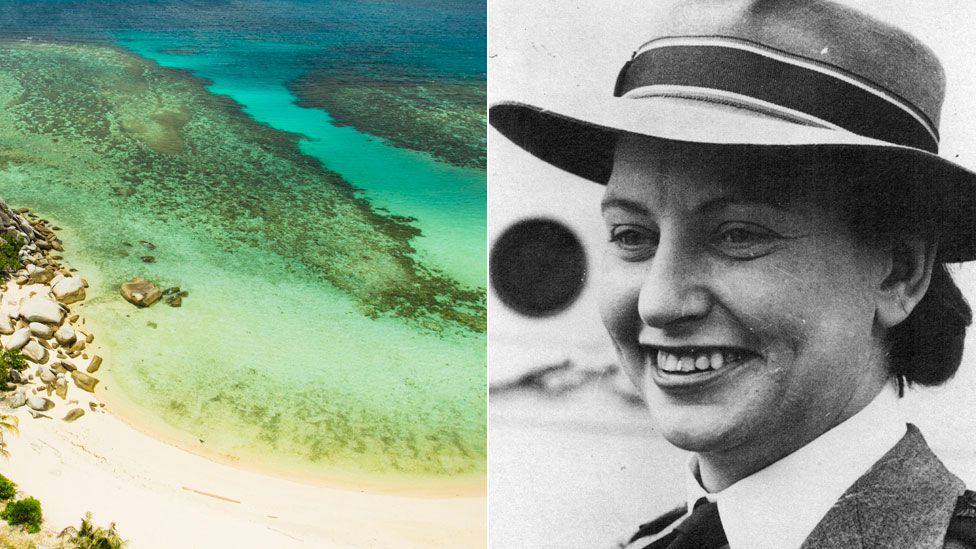
-
-
-
19 October 2014
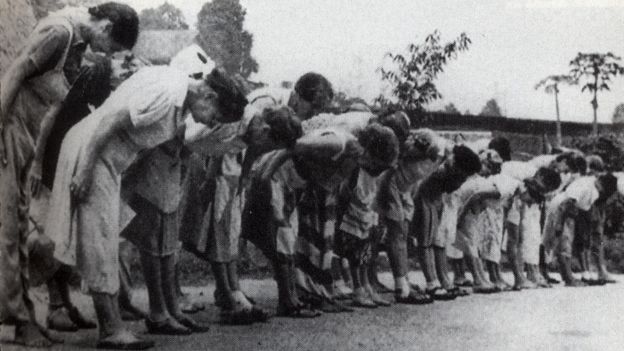
-

